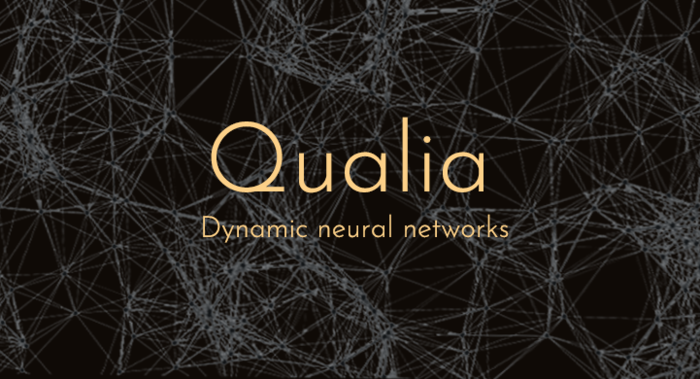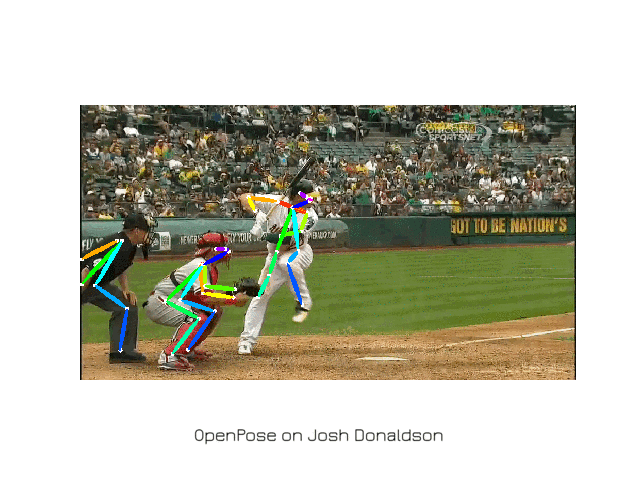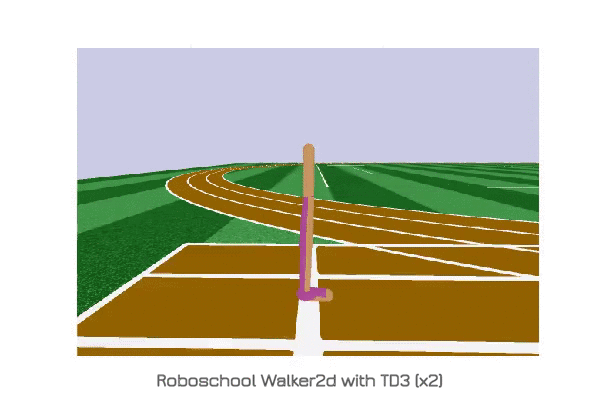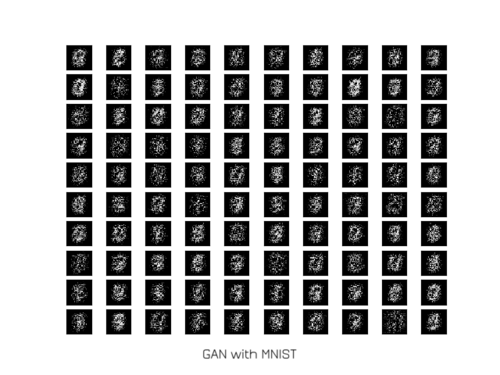Featured Projects
Vision and Language Grounding for Roboticscoming soon… Explainable Representation Learning for Video UnderstandingExtracting contextual visual representation from untrimmed videos is challenging due to their long and complex temporal structure. While existing approaches typically rely on pre-trained backbone networks to extract visual representation, we take a different approach, focusing on extracting the most contextual information in an explainable manner. Application in Action Proposal
Temporal action proposal generation (TAPG) is a challenging task, which requires localizing action intervals in an untrimmed video. Given an untrimmed video $\mathcal{V}$, our goal is to generate a set of temporal segments $a_i = (s_i, e_i) |_{i=1}^{M}$ which inclusively and tightly contain actions of interest. Where an action segment comprised of a starting timestamp ($s_i$) and an ending timestamp ($e_i$). Comprehensive experiments and extensive ablation studies on ActivityNet−1.3 and THUMOS-14 datasets show that our proposed AOE-Net outperforms previous state-of-the-art methods with remarkable performance and generalization for both TAPG and temporal action detection. Application in Captioning Video paragraph captioning aims to generate a multi-sentence description of an untrimmed video in coherent storytelling given the event boundaries. Given an untrimmed video $\mathcal{V}$ and event boundaries $a_i = (s_i, e_i) |_{i=1}^{M}$, our goal is to generate a coherent paragraph $\mathcal{P}$ with $M$ sentences that describes the whole video $\mathcal{V}$. We proposed an autoregressive Transformer-in-Transformer (TinT) to simultaneously capture the semantic coherence of intra- and inter-event contents within a video. Comprehensive experiments and extensive ablation studies on ActivityNet Captions and YouCookII datasets show that the proposed Visual-Linguistic Transformer-in-Transform (VLTinT) outperforms prior state-of-the-art methods on both accuracy and diversity. Open Vocabulary Models for Semantic UnderstandingOpen vocabulary recognition has recently attracted a lot of attention in computer vision as it allows to perform language-conditioned unbounded understanding.  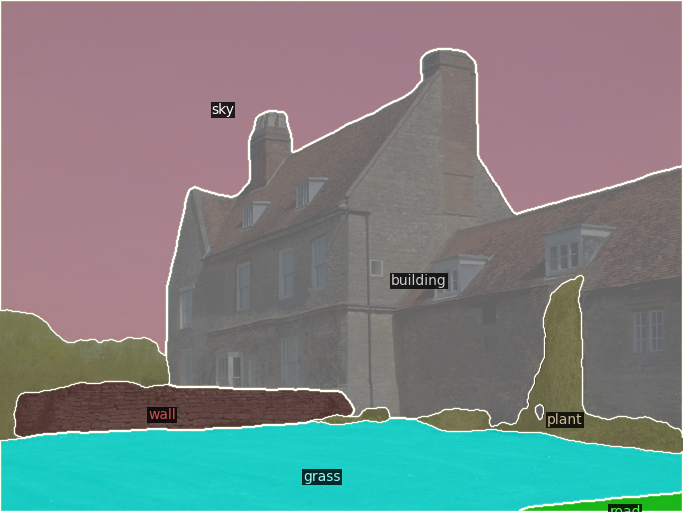  Learning High-Agility Locomotion for QuadrupedsWhile quadrupeds can open the operational domains of robots thanks to their dynamic locomotion capabilities, conventional controllers for legged locomotion constraint their applications to relatively simple environments that can be taken over by wheeled robots. We utilize a reinforcement learning and representation learning to acquire the high-agility locomotion skills for quadrupeds. Massively Parallel Reinforcement Learning Here we use massively parallel RL to train a quadruped to walk on various terrains. In the simulation, a quadruped learns to walk across challenging terrain, including uneven surfaces, slopes, stairs, and obstacles, while following linear- and angular- velocity commands. We evaluate our learnt policies on a real Unitree Go1 robot. We find that our policies trained entirely in simulation are able to transfer to the real world zero-shot. 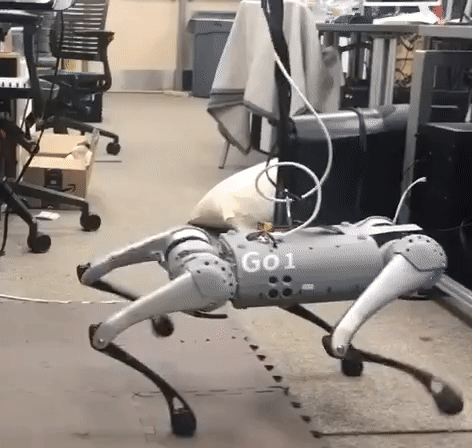 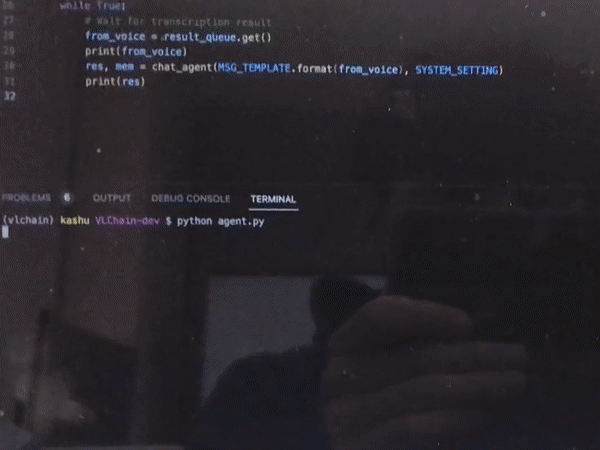 Memory Efficient Model for Medical Imaging
|

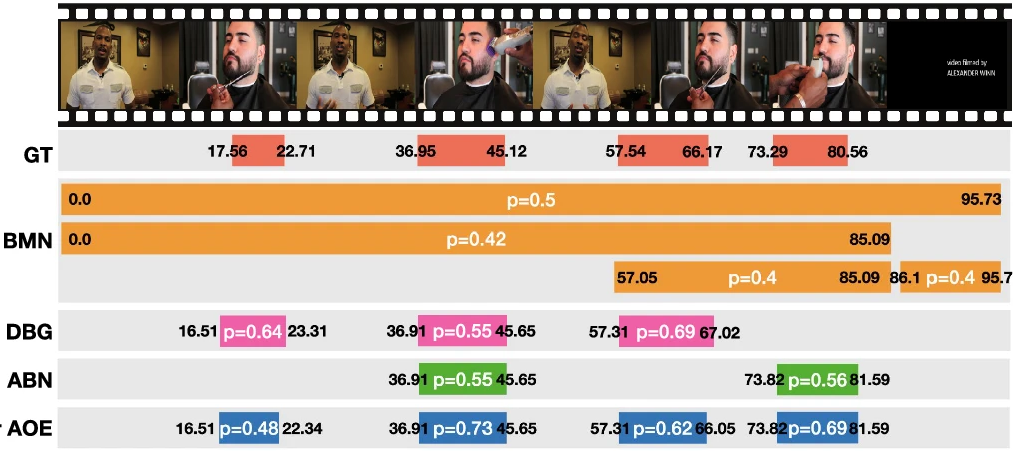
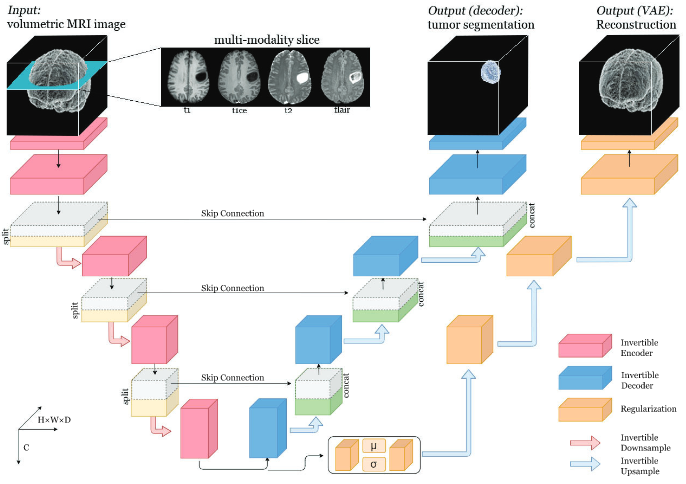 In medical imaging, we frequently work with volumetric data, which can be challenging to process computationally. To tackle this issue, we have developed a fully invertible residual network that utilizes bijective operations to reduce the memory footprint during training. Our volume-preserving approach has proven to be highly effective in reducing memory demands during training. By implementing this technique, we have successfully reduced memory requirements by approximately 50% compared to the baseline model, without compromising the performance.
In medical imaging, we frequently work with volumetric data, which can be challenging to process computationally. To tackle this issue, we have developed a fully invertible residual network that utilizes bijective operations to reduce the memory footprint during training. Our volume-preserving approach has proven to be highly effective in reducing memory demands during training. By implementing this technique, we have successfully reduced memory requirements by approximately 50% compared to the baseline model, without compromising the performance.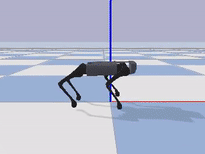
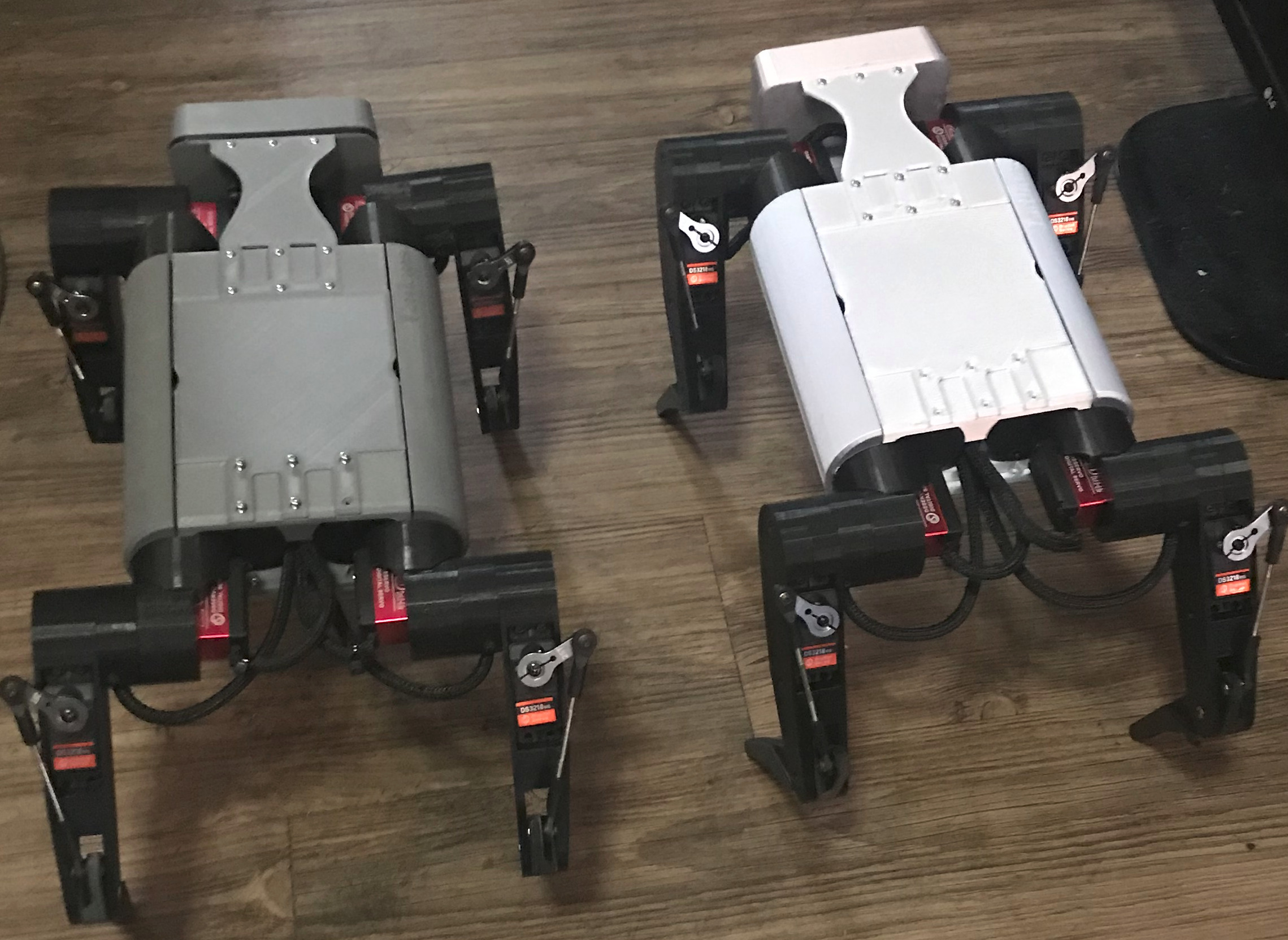


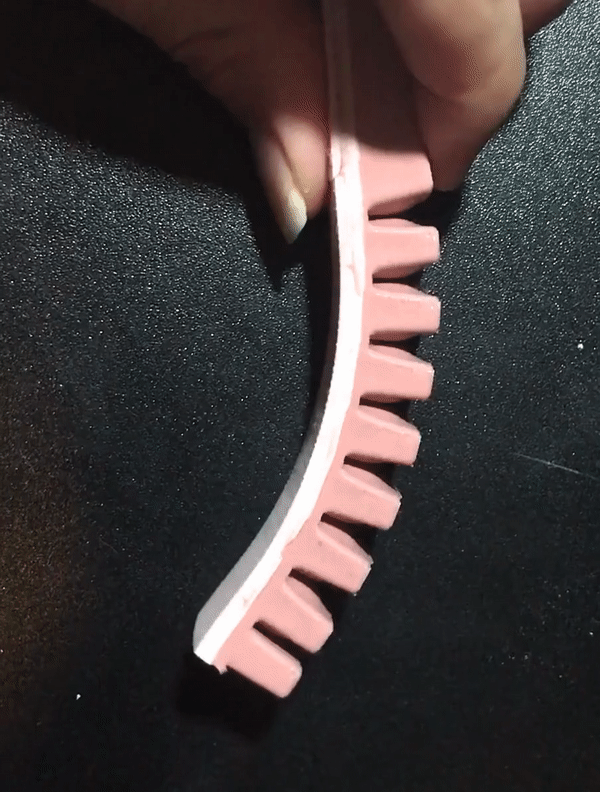 PneuNets, also known as pneumatic networks, are a type of soft actuator composed of a series of channels and chambers embedded within an elastomer. When pressurized, these channels inflate, resulting in motion. The specific motion generated is determined by various design parameters, such as wall thickness and the elastic properties of the material used. To optimize the design of PneuNets, we utilize Finite Element Method (FEM) simulations, which allow us to model the behavior of the actuator and analyze the effects of altering design parameters, such as material stiffness or chamber dimensions, without the need for costly and time-consuming refabrication. With this approach, we can achieve highly efficient and customized PneuNet designs for a wide range of applications.
PneuNets, also known as pneumatic networks, are a type of soft actuator composed of a series of channels and chambers embedded within an elastomer. When pressurized, these channels inflate, resulting in motion. The specific motion generated is determined by various design parameters, such as wall thickness and the elastic properties of the material used. To optimize the design of PneuNets, we utilize Finite Element Method (FEM) simulations, which allow us to model the behavior of the actuator and analyze the effects of altering design parameters, such as material stiffness or chamber dimensions, without the need for costly and time-consuming refabrication. With this approach, we can achieve highly efficient and customized PneuNet designs for a wide range of applications.